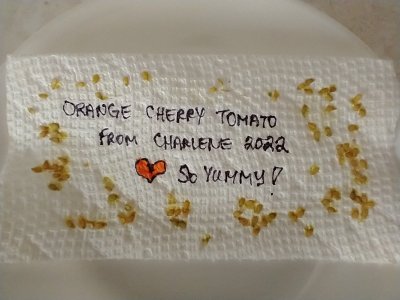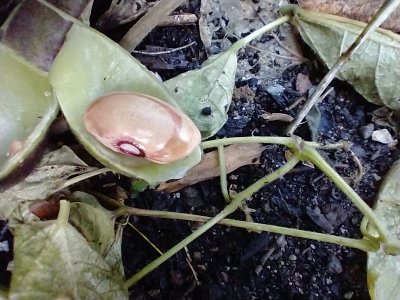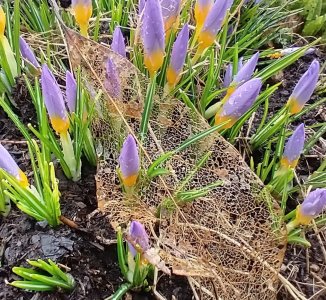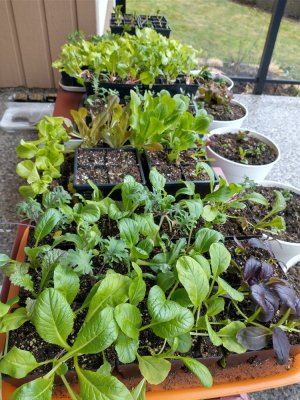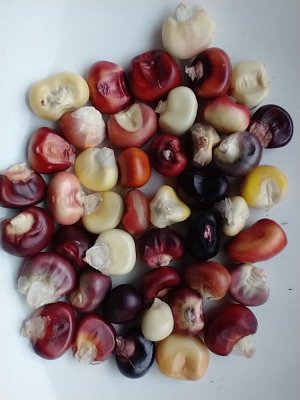Branching Out
Deeply Rooted
Gardening is a big part of my life. I just LOVE to dig in the dirt, and for the last couple of years I have taken a deep dive into learning about how to grow my own flowers and vegetables instead of purchasing transplants. This has proved to be more interesting and rewarding than I ever could have imagined-- and it all started with some seeds. I hope this thread inspires others to stick a seed in the dirt to see if it grows!
Attachments
Last edited:

